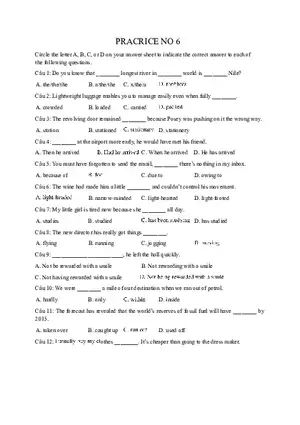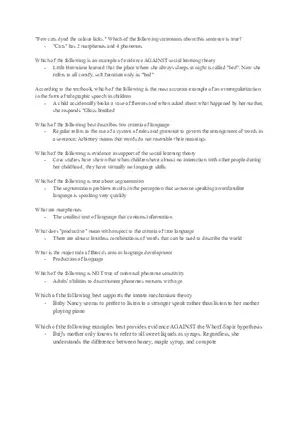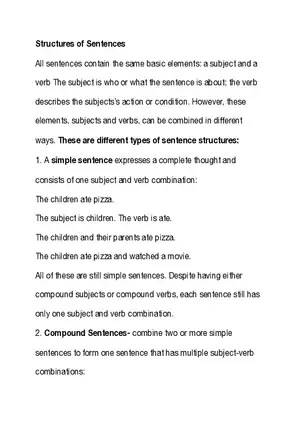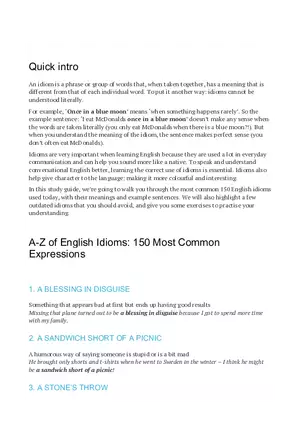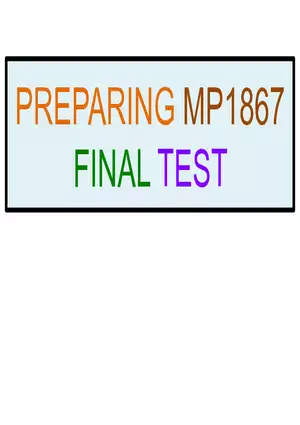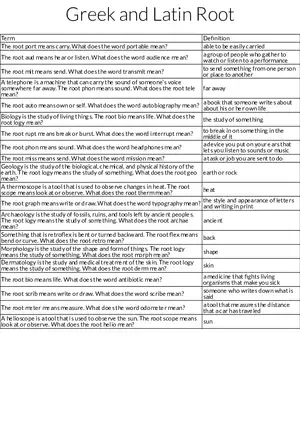Lecture Note
Order of Cumulative Adjectives
-
University:
Massachusetts Institute of Technology -
Course:
21G.213 | High-Intermediate Academic Communication Academic year:
2023
-
Views:
95
Pages:
1
Author:
pyntiwrcv
Related Documents
- The Logical Problem of Language Acquisition
- Hand-Gesture Recognition Using Kinect
- Perceptual Attrition of Lexical Tone Among L1 Yoruba-speaking Children in Canada
- Phonetics and Phonology in Unstressed Vowel Reduction
- Why Do Children Say Did You Went The Role of Do-Support
- Syntax Comments on Pesetsky (1987)
- Syntax Tony Threw Out the Couch
- On the Acquisition of Causatives in Japanese
- An Adversity Passive Analysis of Early Sesotho Passives
- Conversational Implicatures
- What Are Mergers Lecture Note
- Words (But Not Tones) Facilitate Object Categorization in 6- and 12-month-olds
- Letter Knowledge, Invented Spelling and Sensitivity
- Incomplete End State L2 Acquisition
- Meta-Analysis of Neural Representation of Languages
- Children go Through a Number of Stages As They Acquire Language
- A-not-A as a Reduplicative Inflectional Morpheme
- Prosodic Transfer in Spanish Plurals Acquisition
- The Interpretation of Japanese Pronouns by L1
- Deafness, Theory of Mind, and Figurative Language Comprehension
Report
Tell us what’s wrong with it:
Thanks, got it!
We will moderate it soon!
Report
Tell us what’s wrong with it:
Free up your schedule!
Our EduBirdie Experts Are Here for You 24/7! Just fill out a form and let us know how we can assist you.
Take 5 seconds to unlock
Enter your email below and get instant access to your document


